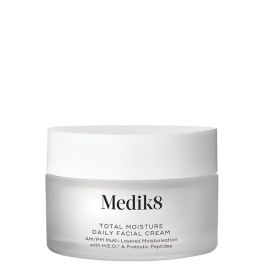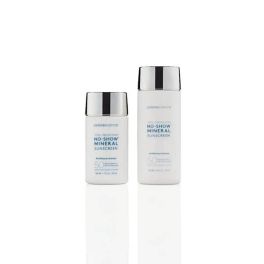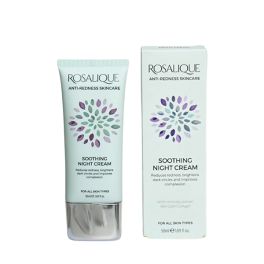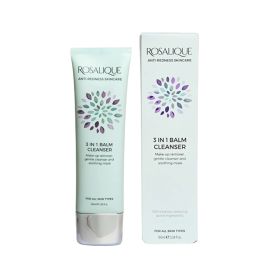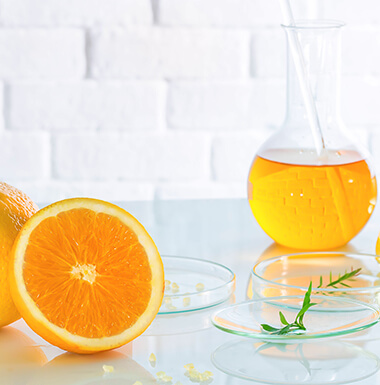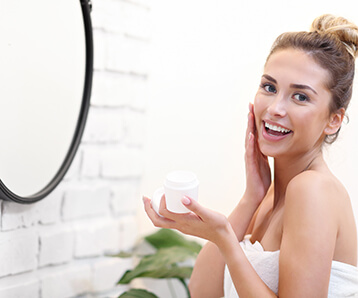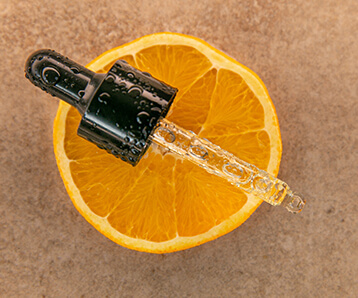Retinol 101: Understanding the Powerhouse Ingredient in Skincare Posted on 22 Jan 2024
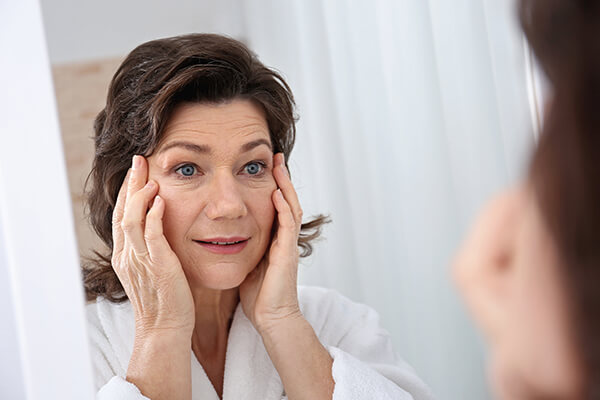
Retinol, also known as Vitamin A, is a highly effective ingredient in skincare products. It addresses various concerns such as fine lines, pigmentation, acne, and enlarged pores. This versatile ingredient suits all skin types and offers exceptional anti-aging benefits due to its ability to penetrate deeply into the skin. Although it may cause dryness, redness, and sensitivity to light, introducing it gradually helps the skin adjust. Additionally, Retinol functions as a potent antioxidant, protecting the skin from damage caused by free radicals.
To ensure optimal results when using Retinol, follow these eight guidelines:
1. Choosing the right one
Selecting the appropriate Retinol product is crucial when considering its benefits. With various options available, it's important to consider your specific skin type and concerns before making a decision. Whether you're looking to address acne or fine lines, there's a Retinol product out there that's perfect for you. And if you have dry skin, an oil-based Retinol might be just what you need. Taking the time to select the right Retinol product will not only enhance its effectiveness but also ensure that you achieve the desired outcome.
2. Slow introduction
To begin using Retinol, it is important to follow the oldest rule in the book: start slowly and methodically. Begin with a lower concentration and gradually increase to a more concentrated variant. When applying, opt for every other or every three days. To determine if your skin reacts well to low concentrations of Retinol, try adding it to your moisturiser or serum. If you have sensitive skin, exercise caution when incorporating Retinol into your skincare routine. Start by applying 1-2 times a week for approximately one month, and then gradually increase frequency as tolerated.
3. Stick to a schedule
To achieve desired outcomes, it is important to adhere to a consistent application schedule. This involves applying regularly, preferably in the evening, and for an extended duration. Sporadic or occasional applications, without a set routine, are unlikely to yield significant results.
4. Take it slowly with acids
Retinol is known to promote cell turnover and cause exfoliation, resulting in a temporary peeling effect on the skin. However, combining this potent ingredient with an acidic exfoliant can potentially lead to increased sensitivity and weakness of the skin. It is recommended to use a milder acid for daily use and apply the Retinol in the evening.
5.Trusted team mates
When incorporating Retinol into your skincare regimen, it is important to pair it with additional soothing and moisturizing products to enhance its effects on the skin. Consider adding a calming serum or cream to your routine for optimal results.
6.Retinol for the eyes
Retinol is commonly applied around the delicate eye area, but it's essential to select a product designed specifically for this purpose.
7. An important final step
It's important to protect your skin from the sun's harmful rays, especially if you're using Retinol. Applying sunscreen with at least SPF30 is crucial to prevent damage. Even the best anti-aging ingredients won't be as effective if your skin isn't protected. Remember, unprotected sun exposure can be damaging to your skin, so it's essential to take extra precautions when using Retinol.
8. It's not for everyone
Retinol is generally well-tolerated by most individuals; however, it may cause irritation in those with extremely dry skin, rosacea, or eczema. It's important to note that during pregnancy and breastfeeding, retinol should be avoided. If you don't experience any improvement after several months of use or if your skin remains red and flaky, retinol may not be suitable for you.
OTHER VITAMIN A DERIVATIVES
Vitamin A comes in various forms, with Retinol being one of the most well-known. There are numerous other Retinol derivatives with distinct characteristics that cater to different skin types and conditions.
Retinyl Palmitate, a gentle variant of Vitamin A, goes by several names. To facilitate absorption by skin cells, it must first be transformed into Tretinoic Acid. After undergoing three conversions within the skin, Retinyl Palmitate accomplishes this task. Though each conversion diminishes the potency of the vitamin, it remains a mild option for those with sensitive skin.
Retinol, a highly sought after form of Vitamin A, has been known to provide numerous benefits for one's skin. When applied topically, it undergoes two metabolic transformations within the skin before ultimately being converted into Tretinoic Acid. This powerful compound is then readily absorbed by the cellular receptors, allowing for maximum effectiveness in promoting healthy, youthful looking skin.
Retinaldehyde, commonly referred to as Retinal, is a potent form of Vitamin A that exhibits superior efficacy on the skin compared to Retinol. With an impressive 11-fold greater effectiveness, it only necessitates a single conversion process to become active within the skin. Furthermore, its antibacterial properties make it a top choice for individuals with acne-prone skin.
R-retionate (Retinyl Retinoate) is a derivative of Retinol Alcohol and Tretinoic Acid. This unique formulation ensures that no conversion is required within the skin, making it particularly effective. Additionally, its gentle nature and suitability for sensitive skin sets it apart from other retinoids on the market.
Hydroxypinacolone Retinoate (HPR), the newest addition to the Vitamin A family, is a powerful and efficient skincare ingredient. As an ester derivative of Tretinoic Acid, it undergoes no transformation within the skin, making it both gentle and highly effective.













